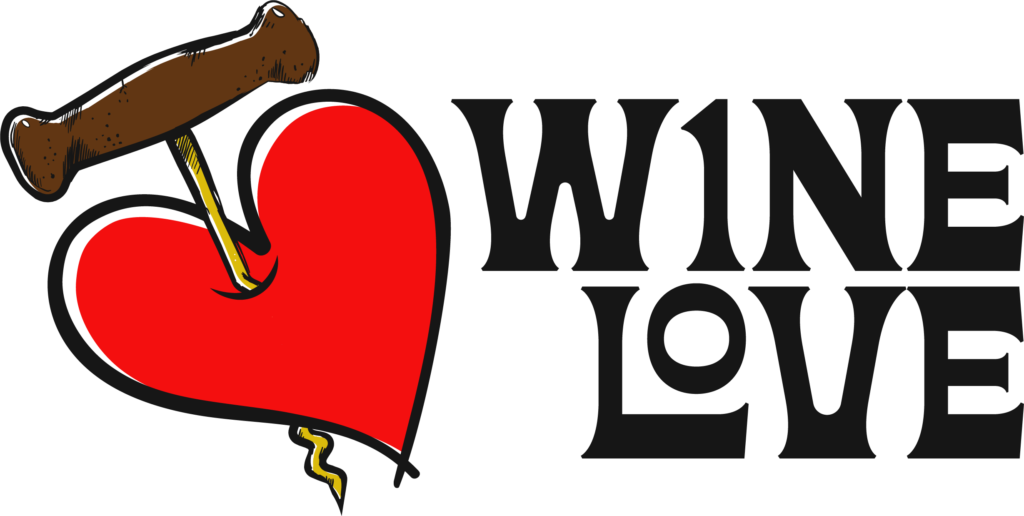Wine culture, long steeped in tradition, is experiencing a dynamic evolution in both Europe and the United States. Driven by sustainability, curiosity, cultural shifts, and a new wave of wine drinkers, the industry is adapting to a wider array of preferences and habits than ever before. Let’s take a closer look at the trends that are shaping how people are drinking wine today, who’s drinking it, and what that says about the future of the industry.
The Rise of Sustainable Sippers
One of the most prominent trends in both Europe and the U.S. is the increasing demand for sustainably produced wines. This group of consumers—often younger, environmentally conscious, and health-aware—prefers organic, biodynamic, or natural wines that are made with minimal intervention and fewer chemicals.
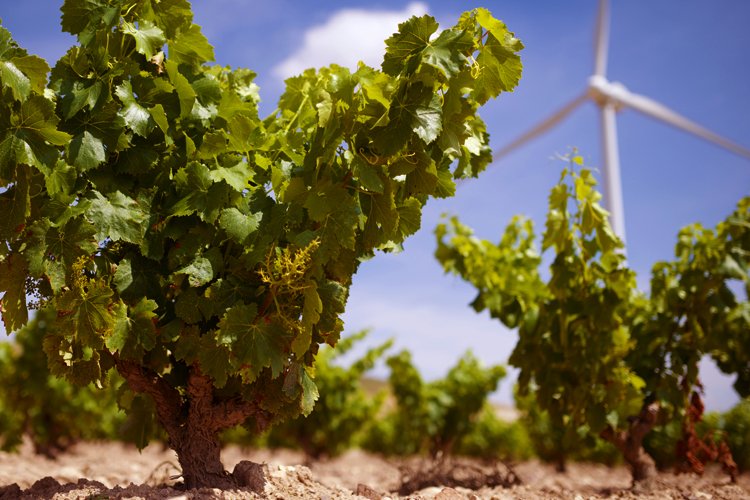
In France, for example, biodynamic wines have gained traction not only in niche wine bars but also in more traditional wine regions like Burgundy and the Loire Valley. In the U.S., California and Oregon are at the forefront, with wineries prioritizing solar energy, dry farming, and regenerative agriculture. Consumers in this sector often seek out local or lesser-known appellations to reduce carbon footprint and explore authenticity. Many now prefer boxed wines or lightweight glass bottles, not only for their practicality but also for their reduced environmental impact.
What the Experts Are Drinking
Sommelier culture continues to shape consumption patterns. Influential voices in the industry are turning their attention to low-intervention wines, rare indigenous grape varieties, and unusual terroirs. Rather than sticking with Bordeaux and Napa Valley, wine professionals are celebrating wines from Slovenia, Georgia, and volcanic regions like Sicily’s Mount Etna.
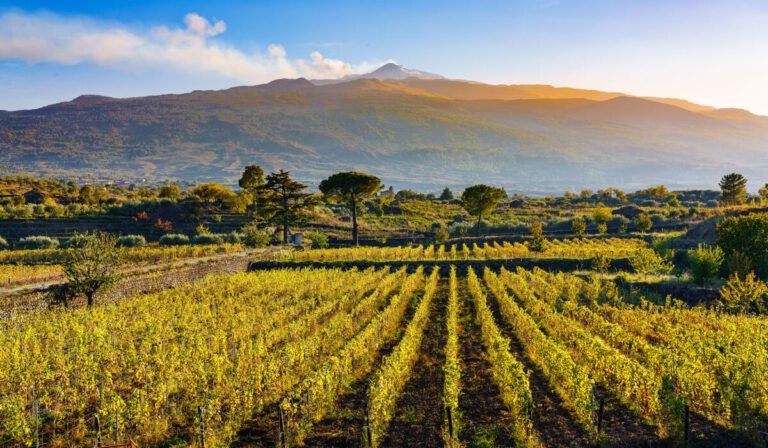
Another trend among experts is embracing non-traditional pairings and contextual drinking—choosing wine not just for its varietal or region, but for how it enhances a moment or mood. This approach is making its way into wine menus and retail recommendations, helping reshape consumer behavior.
Wine as a Cultural Lifestyle Trend
Among culture-driven consumers—particularly Millennials and Gen Z—wine is becoming less of a luxury and more of a lifestyle accessory. In Europe, “apéro” culture in France or tapas in Spain is now as much about the vibe as it is about the wine. In the U.S., urban wine bars and “wine-and-paint” nights are gaining momentum, often centered around sparkling rosés, orange wines, or low-alcohol wines that support moderation and social settings.

These consumers are influenced by TikTok sommeliers, Instagram aesthetic pours, and playlists that pair with Pinot Noir. They’re more likely to buy wines with playful labels, storytelling-driven branding, or canned formats they can bring to a picnic or rooftop hangout.
The Curious Newcomers
Wine is also experiencing a surge of interest from people who may have previously felt excluded from its often elitist reputation. Newcomers, particularly in the U.S., are gravitating toward accessible, fruit-forward blends, wine subscription boxes, and educational tastings that demystify the language of tannins and terroir.
Retailers and digital platforms are responding with interactive apps, AR wine labels, and even AI-driven wine quizzes that help match users with the right wine based on their taste preferences. This democratization of wine culture is bridging the gap between centuries-old knowledge and contemporary accessibility.
Where It’s All Happening: Shifting Wine Spaces
Consumption habits are no longer confined to fine dining or vineyards. Instead, people are enjoying wine: In outdoor settings: parks, beaches, and rooftop terraces At home, via online wine clubs or virtual tastings In hybrid spaces: coffee shop by day, wine bar by night In experiential events: wine + yoga, wine + comedy, wine + book clubs This reflects a broader lifestyle shift where wine is seamlessly integrated into everyday life, not just special occasions.
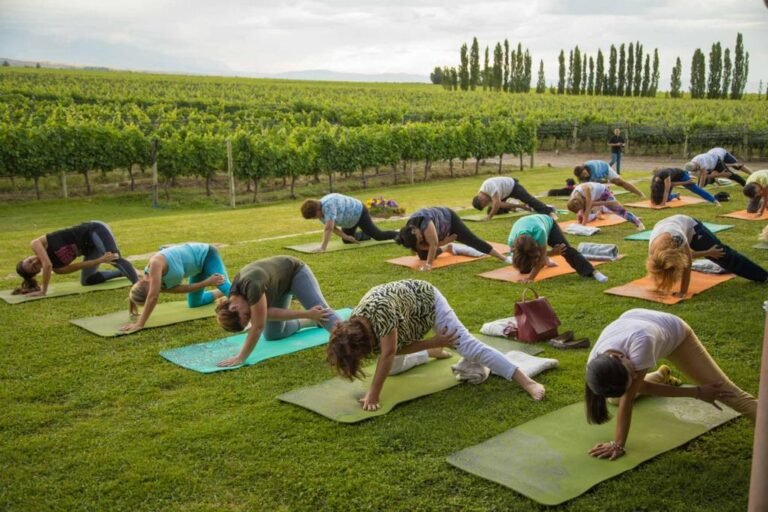
Conclusion: The Evolution of Wine Tastes—From Heritage to Horizon
Compared to the rigid wine-drinking habits of the 20th century—where Bordeaux reigned supreme, red was for meat, white for fish, and consumption was mostly occasion-driven—the modern wine scene is refreshingly diverse. Future generations are expected to lean further into sustainability, personal expression, and experiential consumption. Rather than focusing solely on prestige or price, they are valuing authenticity, creativity, and social connection.
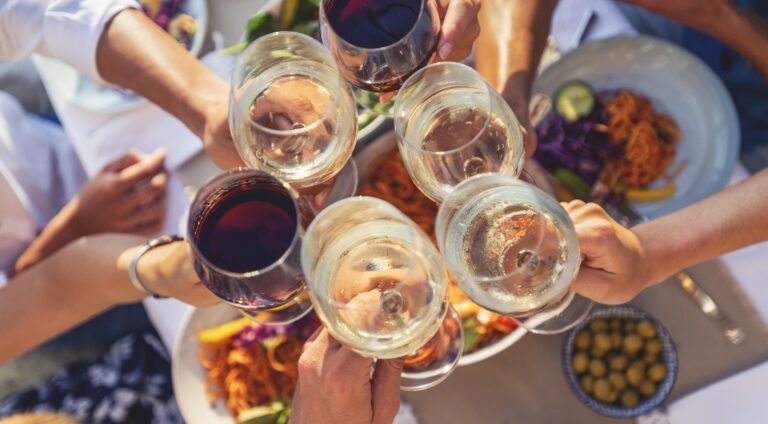
This transformation isn’t just a passing trend—it’s a generational reimagining of wine. As the industry adapts to these tastes, we can expect a broader acceptance of new wine formats, a continued exploration of global wine regions, and a deeper integration of wine into casual, culturally-rich lifestyles. In short, wine is no longer just about what’s in the glass—it’s about the story behind it, the place you’re drinking it, and the people you’re sharing it with.

